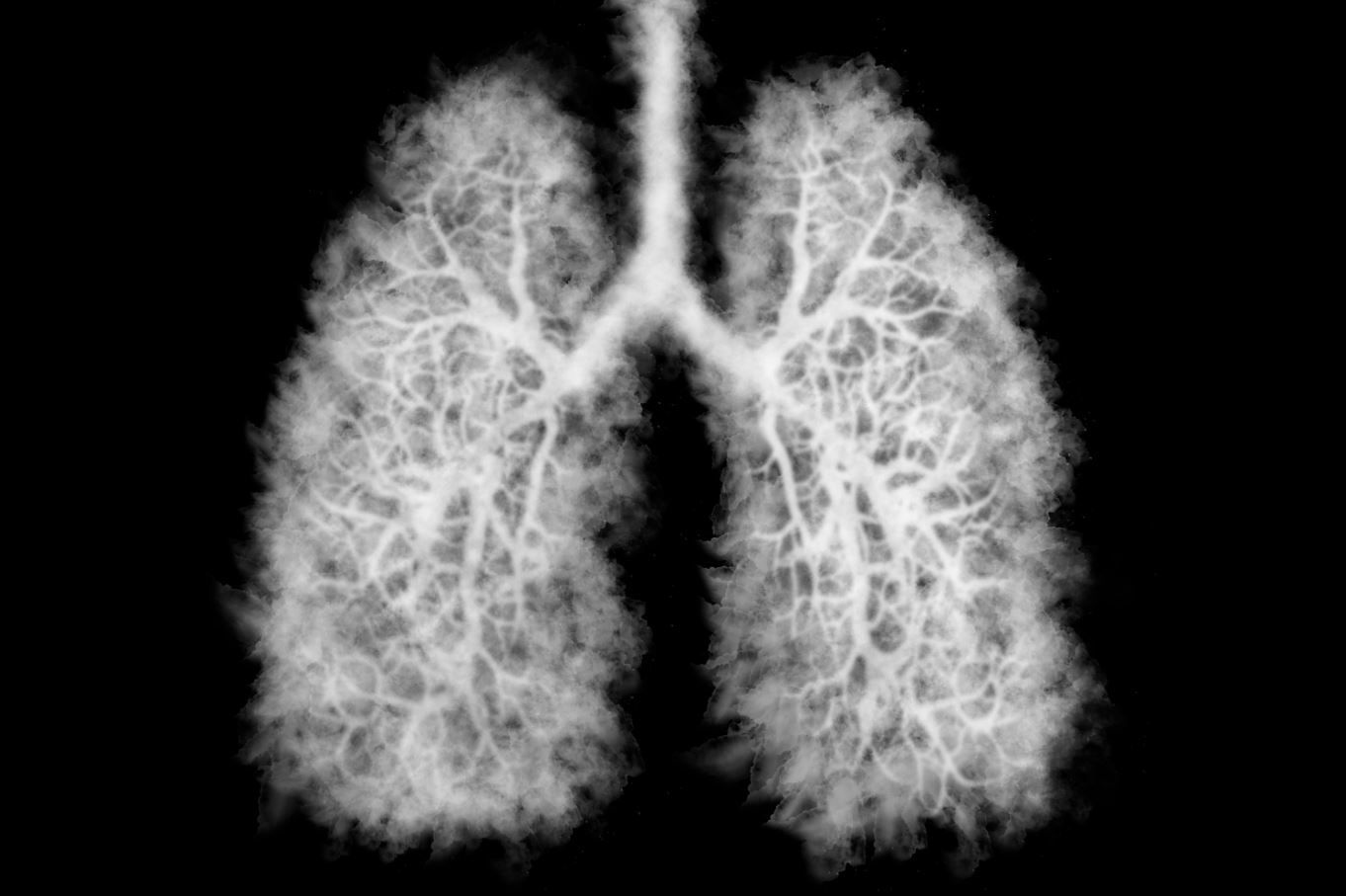- Clinical Technology
- Adult Immunization
- Hepatology
- Pediatric Immunization
- Screening
- Psychiatry
- Allergy
- Women's Health
- Cardiology
- Pediatrics
- Dermatology
- Endocrinology
- Pain Management
- Gastroenterology
- Infectious Disease
- Obesity Medicine
- Rheumatology
- Nephrology
- Neurology
- Pulmonology
Study: Hispanic Adults, Women, and Older E-cigarette Users Face Higher Odds of Asthma and COPD
CHEST 2021: Study shows vaping raises the odds of developing asthma and COPD, especially in older adults, women, and Hispanic persons.
©pascalkphoto/stock.adobe.com

New research suggests the use of e-cigarettes increases the odds of developing asthma and chronic obstructive pulmonary disease (COPD), particularly in older adults, women, and Hispanic individuals.
The findings were presented at the CHEST 2021 Annual Meeting, held in Orlando, Florida, and virtually between October 17-20, 2021.
Despite the growing popularity of vaping in recent years, few studies have examined the relationship between e-cigarette use and the development of obstructive pulmonary diseases. To help fill the knowledge gap, investigators analyzed pooled participant data from the Behavioral Risk Factor Surveillance System (BRFSS) from the years 2016, 2017, and 2018.
Researchers estimated the odds ratio (OR) between current e-cigarette use and asthma or COPD in crude analyses and analyses adjusted for confounding by age, sex, race, income, cigarette smoking, and body mass index, according to the study abstract.
A total of 741 870 BRFSS participants aged ≥18 years were included in the current analysis, of whom 32 114 (4.3%) were classified as current e-cigarette users and 709 756 (95.7%) as never users.
Results showed that current e-cigarette use was associated with higher odds of asthma and COPD in both the unadjusted (asthma: OR=1.37; 95% CI, 1.29-1.46; COPD: OR=1.69; 95% CI, 1.59-1.80) and adjusted analyses (asthma: OR=1.21; 95% CI, 1.13-1.29; COPD: OR=1.43; 95% CI, 1.34-1.54).
The odds of developing asthma with current e-cigarette use were highest in participants aged 55 to 64 years (OR=1.42; 95% CI, 1.22-1.64), women (OR=1.33; 95% CI, 1.22-1.45), and Hispanic individuals (OR=1.62; 95% CI, 1.28, 2.05), according to the abstract.
In addition, the odds of COPD with current e-cigarette use were higher for women (OR=1.57; 95% CI, 1.43-1.71) and Hispanic adults (OR=1.71; 95% CI, 1.28-2.28). Unlike asthma, however, participants aged ≥65 years had higher odds of developing COPD with e-cigarette use compared to younger adults (OR=2.09; 95% CI, 1.81-2.41).
In their conclusion, investigators emphasized the importance of regular follow-up and monitoring of signs and symptoms of asthma and COPD in patients who regularly use e-cigarettes, as well as early COPD prevention and prevention of asthma exacerbations in youth.
Researchers also highlighted the need for improved access to smoking cessation treatments for minority groups and for inclusion of information on e-cigarettes in guidance on smoking cessation.
The latter suggestion, they point out, is important because e-cigarettes have “been perceived to be a safer alternative to combustible tobacco use” despite their detrimental health effects.
Reference: Onaku E, Ajayi A, Babayale O, et al. The association between electronic cigarette use and obstructive pulmonary diseases. CHEST. 2021:160;A1898.
